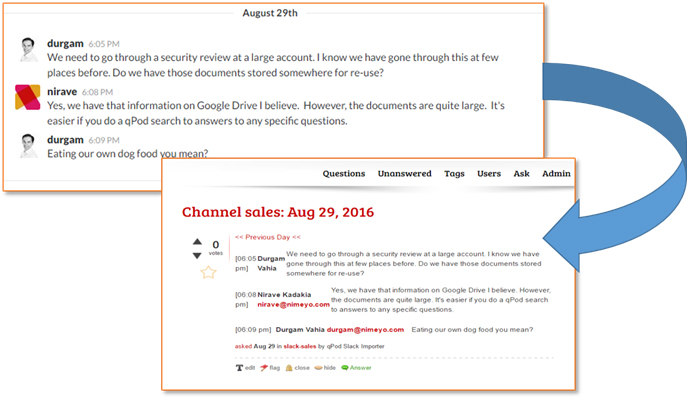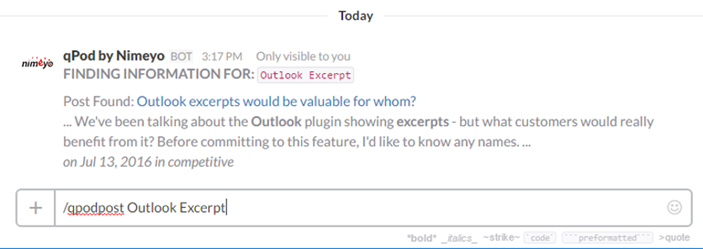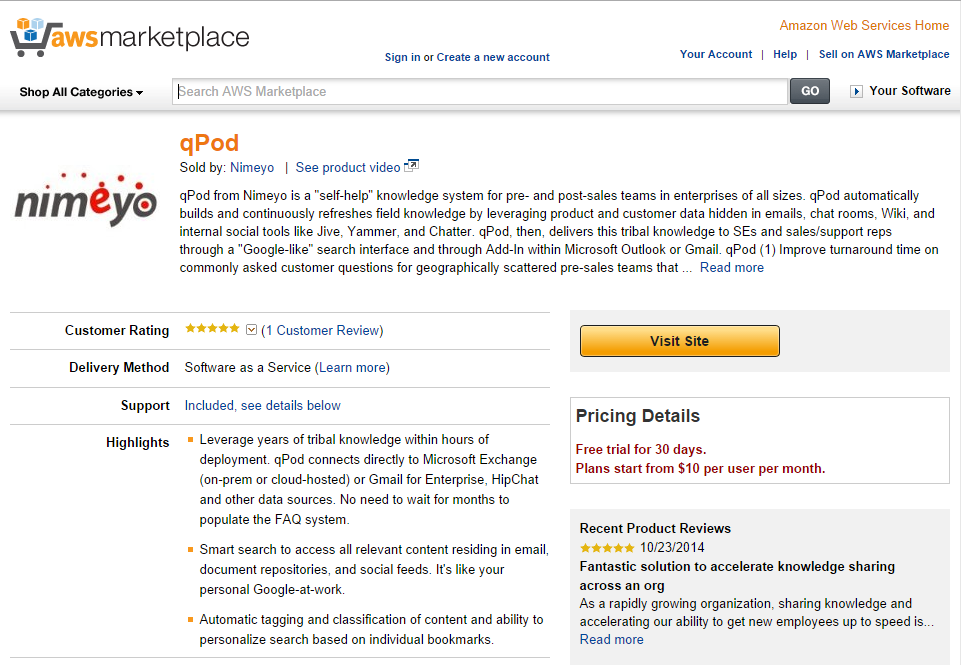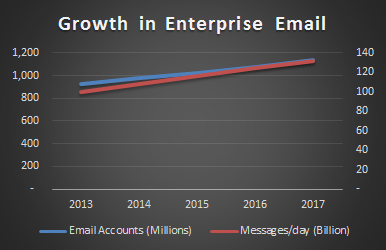In our last post, we highlighted the fact that many companies assume that the more “human” parts of business —sales and customer service—have little to gain from Artificial Intelligence. Of course, this assumption is incorrect, and liable to mislead companies who could otherwise stand to benefit.
Consider:
- According to Forrester, 72% of businesses say that improving the customer experience is their top priority.
- Most contact with customer service now takes place via the web using a chatbot, via email, or via social media. The set of skills and tools needed here are different than, say, handling a case via phone.
- Customers have ever-growing expectations with regards to response time. A decade ago, customers were willing to wait 24 hours for an answer to a question or a solution to their problems. Now they want an answer right away…if not instantly.
- As business grow and expand their global reach, more and more customer support cases begin to look similar. Solving each case independently is burdensome, if not impossible.
- The average customer triage and resolution cycle takes five or more steps having to do solely with information search among the organizations various data sources.
In other words, the need for a human being with “people skills” is diminishing just as the strengths of artificial intelligence agents—such as the ability to query multiple data sources quickly and efficiently—are coming in high demand. Indeed, one prediction holds that, by the year 2020, more than 85% of all customer interactions will be handled without the need for a human agent.
But what does customer support via artificial intelligence agent look like? Again, we can illustrate this best with two use cases around our own knowledge automation solution, Nimeyo.
Use Case 1: Resolving Customer Issues When Knowledge is Siloed
The Context:
Today, customer service reps are expected to resolve customer issues faster and faster, even as they take on huge case volume to justify their job roles. In order to do a good job of meeting customer expectations and succeed in their roles, a single pane of information and knowledge access is essential.
The Challenge:
Again, the typical customer resolution in an organization of any appreciable sizes takes researching five or more data-sources. These include:
- Querying customer-facing case management systems (such as Salesforce Service Cloud or Zendesk) to identify duplicates and bring up relevant contextual information
- Comparing across internal incident management systems (such as Jira) to find similar cases already being addressed, or that have recently been addressed successfully.
- Searching KnowledgeBase articles and wikis for quick resolution of common problems, or concise answers to frequently asked questions
- Combing through off-band but relevant conversations in emails or Slack channels
Already, this process is pretty daunting. When you consider that two or more of these steps could be taken for cases that are very similar, and for which solutions already exist, it becomes painfully obvious how much time is wasted and productivity sacrificed. Currently, organizations are struggling to find ways to integrate these various sources into a single pane.
How AI Helps:
This scenario is easily fixed with a solution like Nimeyo knowledge automation. Using Nimeyo, customer service reps can address cases more readily, thanks to instant access to knowledge of similar cases across content silos of customer issues and internal product ticket systems.
Nimeyo can also integrate with management systems like Salesforce, as well as incident management systems like Jira and chat channels like Slack. It can then access these systems instantly and use the information in them to help zero-in on the resolution for a given case, relieving the customer service rep from having to do these searches manually.
More importantly, Nimeyo helps customer service reps deflect more cases by giving them increased visibility of similar cases across customer issues and internal product ticket systems.
All of this results in more rapid response which, ideally, leads to improving their first contact and/or first time resolution times.
Use Case 2: Self-help Bots For Customers and Service Teams
The Context:
As we all know, a lot hinges on having a positive customer service experience: It can mean the difference between a loyal customer, and a disgruntled one. Speed and accuracy matter crucially, and customer demand instant responses. If they don’t find an answer immediately, they are disappointed and are quick to share their bad experience on social media or other public channels.
But increasing complexity of products and services, along with the high turnover rate of most call centers, means that it is almost impossible for service reps to keep up with the content needed to resolve issues in a timely fashion.
These dynamics are fundamentally changing how both customers and service reps seek out information. For example, the majority of Millennials actively avoid situations for which human interaction is necessary to solve an issue, much preferring self-service options instead. One study of the generational divide in customer service found that a whopping 72% of Millennials believe a phone call is not the best way to resolve their customer service issues.
So how are consumer resolving their issues, if not calling customer support? Right now, they are using a mix of chat bots on websites, social media sites for the relevant brands, chat channels, and Google searches. In other words, they are already going with digital self-help solutions.
The Challenge:
Companies face two choices: Either improve the self-help bots they make available, or better empower their service teams to compete with these bots.
Most of the current self-help systems are web centric, so customers are relegated to searching for a solution themselves—and are often confronted with more pages than they are willing to review. Even if they do find the answer they seek, it may not be the most accurate or latest answer.
That said, many Customers are still “put at ease” knowing that there is a customer service rep in the interaction; but this “human touch” engagement is costly, often only available during business hours, and is (for the most part) unscalable.
How AI Helps:
With a Nimeyo AI solution, customer service organizations can create a foundation of knowledge and insights from approved content sources like FAQ databases, product documentation or issue tracking systems. Subsequently, bots or auto responses act as the first line of defense to respond to common question with known answers or fixes.
When a customer sends an email to a support email address, the email autoresponder can look at the knowledge available to instantly respond with links to most relevant answer. If the customer is happy with the answer, then the customer service team can mark the issue as resolved. If the customer indicates that more assistance is needed, a rep can reach out for additional information.
What about availability and scale? Typically, a customer service chat is available only during business hours (unless you have a globally distributed service teams.) However, if a customer initiates a chat with a rep during off hours, an auto responder bot can respond to customer query with knowledge from approved sources. Queries such as the status of a case, answers to FAQs, or product specific questions can be responded to in seconds without any human intervention. Again, the chatbot can be the first line of defense before a rep needs to be engaged.
Again, these are just two simple ways that AI agents are changing the face of customer service. Counter to many of the assumptions surrounding AI, human beings will always have a role to play in customer support, since there will always be difficult cases requires a person’s ability to understand the nuances of the case and find creative solutions. Increased productivity comes when human beings can be freed from routine and easily-solved cases, and allowed to focus on more complex cases and tasks. Artificial Intelligence can potentially leave service reps free to tap into the critical thinking and problem-solving skills, not to mention emotional intelligence, when they are needed most.
If it still sounds like a pipe-dream to empower human interactions through AI technology, we recommend you try Nimeyo yourself to see how this can be done in your organization. Sign up for a free demo, and we would be delighted to give you a tour and show how the Nimeyo AI can be best used by your customer service teams.





